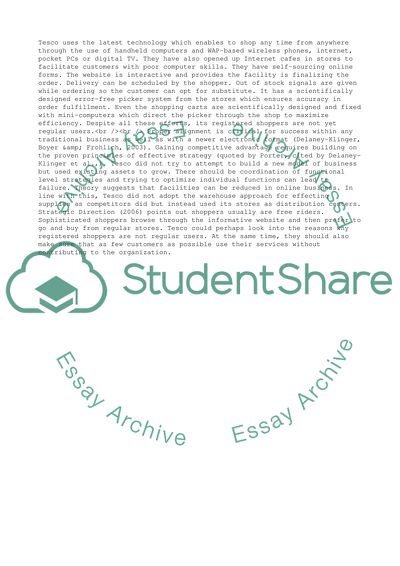Cite this document
(E-logistics and Supply Chain Management: Tesco Assignment, n.d.)
E-logistics and Supply Chain Management: Tesco Assignment. https://studentshare.org/business/1706403-e-logistics-and-scm
E-logistics and Supply Chain Management: Tesco Assignment. https://studentshare.org/business/1706403-e-logistics-and-scm
(E-Logistics and Supply Chain Management: Tesco Assignment)
E-Logistics and Supply Chain Management: Tesco Assignment. https://studentshare.org/business/1706403-e-logistics-and-scm.
E-Logistics and Supply Chain Management: Tesco Assignment. https://studentshare.org/business/1706403-e-logistics-and-scm.
“E-Logistics and Supply Chain Management: Tesco Assignment”. https://studentshare.org/business/1706403-e-logistics-and-scm.


